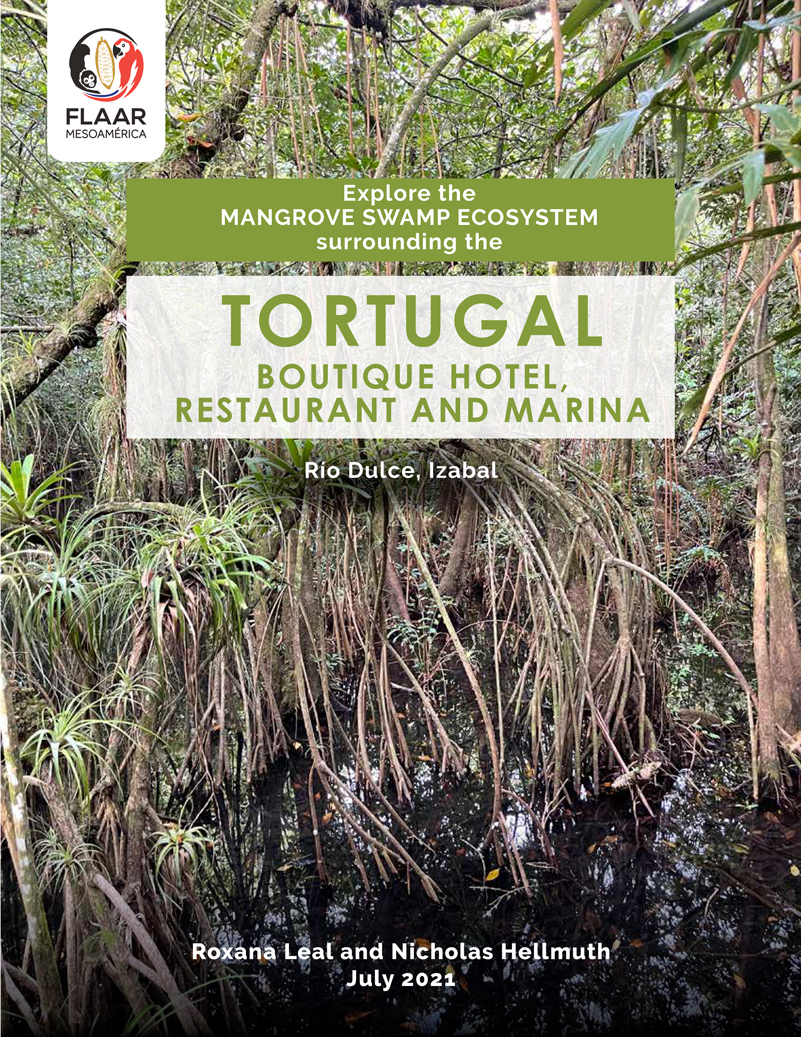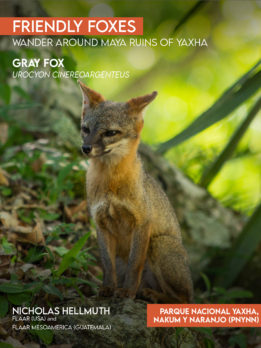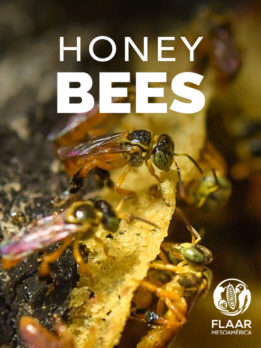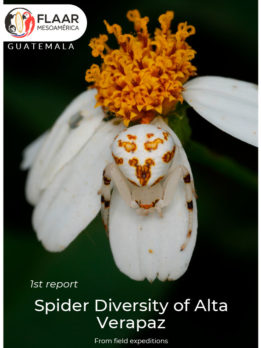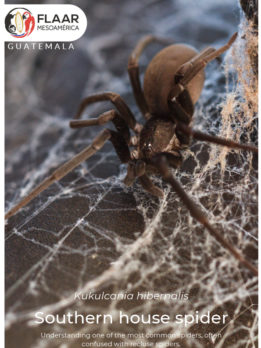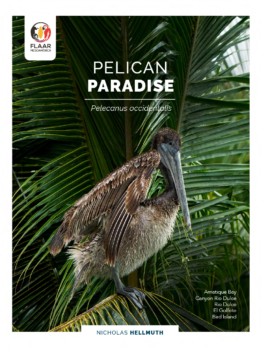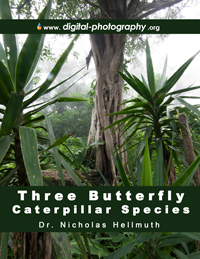Where do white-tailed deer live in Peten and what is their diet?
If you look at the best world class monographs on the white-tailed deer, Odocoileus virginianus, you find discussions of them in north half of Mexico; in Texas and Virginia (their other name is “Virginia deer”). Plus you get discussions of these deer in Costa Rica and South America. Guatemala is nowhere mentioned, Zilch for Guatemala.
Our goal at FLAAR Mesoamerica is to suggest to zoologists and ecologists that Guatemala can provide you with information that is simply not published elsewhere. Even the original monograph by the respected zoologist Miguel Alvarez del Toro lacks discussion of what these deer actually eat in Chiapas.
So if you are a student or zoologist, we highly recommend that you consider Parque Nacional Yaxha Nakum Naranjo as a place to do field work. And also in the Municipio de Livingston, Izabal, Guatemala. Plus there are many more locations in Peten and adjacent northern Alta Verapaz (Laguna Lachoa for example).
I arrived in Guatemala in 1963 and have done archaeological field work in Mexico, Guatemala, and Belize in the 1960’s, 1970’s, and 1990’s. For the last decades have been doing studies of flora and fauna and biodiversity of ecosystems, especially in Peten, Alta Verapaz and since 2020, in Izabal.
To learn about local animals ask the local people of Guatemala
In past decades and past centuries it was the tradition for USA and EU to send their scientific teams to Guatemala, gather information, and return to their home university. Today I prefer to work together with Guatemalan students and Guatemalan individuals who are inspired to do research on local flora and fauna. We have Pokomchi, Kaqchiquel, and Q’eqchi’ Mayan students on our team. Plus we network with Peteneros who know the local flora and fauna better than what is in most peer-reviewed journals.
This present web page is a discussion of what white-tailed deer eat in Central Peten, especially in Parque Nacional Yaxha Nakum Naranjo area. This park is capably co-administrated by Leonel Ziesse (IDAEH) and Mario Vasquez (CONAP). Lorena Lobos is part biologist.
We asked park ranger Teco (Moises Daniel Pérez Díaz) about the local white-tailed deer. We quickly noticed that he knew more than was available in most theses, dissertations, journal articles, and monographs. Very simple: Teco has been in the forests of Peten for many decades. Plus he is one of the park rangers in charge of recording what the camera traps record near water holes.
What do white-tailed deer eat in Guatemala? Flowers, leaves, grasses, fruits
Here is what park ranger Teco kindly told us:
- El venado cola blanca se alimenta de retoños muy tiernos como flores de el árbol de amapola (Pseudobombax ellipticum)
- Y pequeños árboles de Ramón blanco (Brosimum alicastrum)
- Frutos de nance Silvestre, nance acido, blanco, also flores de nance
- Pasto Rio Holmul (when grass grows in the dried former creek bed)
- Frutos de árbol de Ramón blanco (Brosimum alicastrum)
- Frutos de árbol de higuerón o amate, Ficus species.
- Frutos de ficus de nombre común capulín Ficus species.
- También se alimenta de algunas especies de bejucos
- Bejuco de campanilla, Ipomoea or relative
- Bejuco de Ipomea alba Pequeños pastos que nacen en parte bajás Del bosque inundable such as around an aguada de pita (bromelia ringed aguadas that Teco showed us in 2018 and 2019).
- En las épocas de verano y de pastos que hay en sábanas
- Su habitat del verano cola blanca Son lo bosques bajo serrados, sabanas y cerca de resevorios de agua. También del cabrito rojo (red brocket deer).
- Se alimenta de lo mismo y su habitad es la misma; but not in savanna
To show some of the species in alphabetical order by genus:
- Brosimum alicastrum
- Byrsonima species, nance Silvestre, acido; fruits and flowers.
- Ficus species, two different species Ipomea alba, Moonflower, blooms in evening.
- Grows near lakes and wetlands.
- Pseudobombax ellipticum
What a healthy diet: no wonder local jaguars and pumas delight in eating meat of the white-tailed deer. This is precisely the reason why deer prefer to spend time in a bosque cerrado.
Bosque cerrado is where white-tailed deer feel safe
In a bosque cerrado there are so many entangled trees, vines, shrubs that a jaguar can’t see far ahead. So the jaguar can’t see the deer from afar (as is easy in a grassland savanna). So although deer like to munch on nance (flowers and fruits) in a savanna, they are better off finding these trees in a more entangled area.
Every sector of a bosque cerrado is a bit different, but these forests can contain caoba, ciricote, papaturro, nance, jicaro, guano palm and corozo palm. You get a bosque cerrado as a grassland savanna transitions into another habitat (such as a tintal). Nance and jicaro are from the savanna side. There are no guano and no corozo in most grassland savannas of Parque Nacional Yaxha Nakum Naranjo (only tasiste palm, Acoelorrhaphe wrightii.
Several species of Coccoloba (Papaturro) are in seasonally inundated areas.
Cordia dodecandra are my absolute favorite flowers. I can understand that lots of animals would eat the fruits (though so far it is not yet in the list of fruits eaten by the deer; we will check).
Crescentia cujete, calabash tree, can be named jicaro or morro so tough to distinguish whether Crescentia alata is intended. But in Peten savannas you get only Crescentia cujete.
Clearly we can learn a lot more, but so far I have not found this much detail in any discussion of the white-tailed deer in Peten. I always thought the deer were in the hillside forests. But now I am learning that they prefer the flatter areas because in the hillside forests a jaguar could see them from far away. And in a hillside forest flowers and fruits are way over your head. In a bajo, a savanna, or a bosque cerrado there are leaves, flowers, and fruits that the deer can reach (and of course occasionally grasses).
If a good published source exists that I missed, I would welcome a PDF.
First Posted May 2020

















